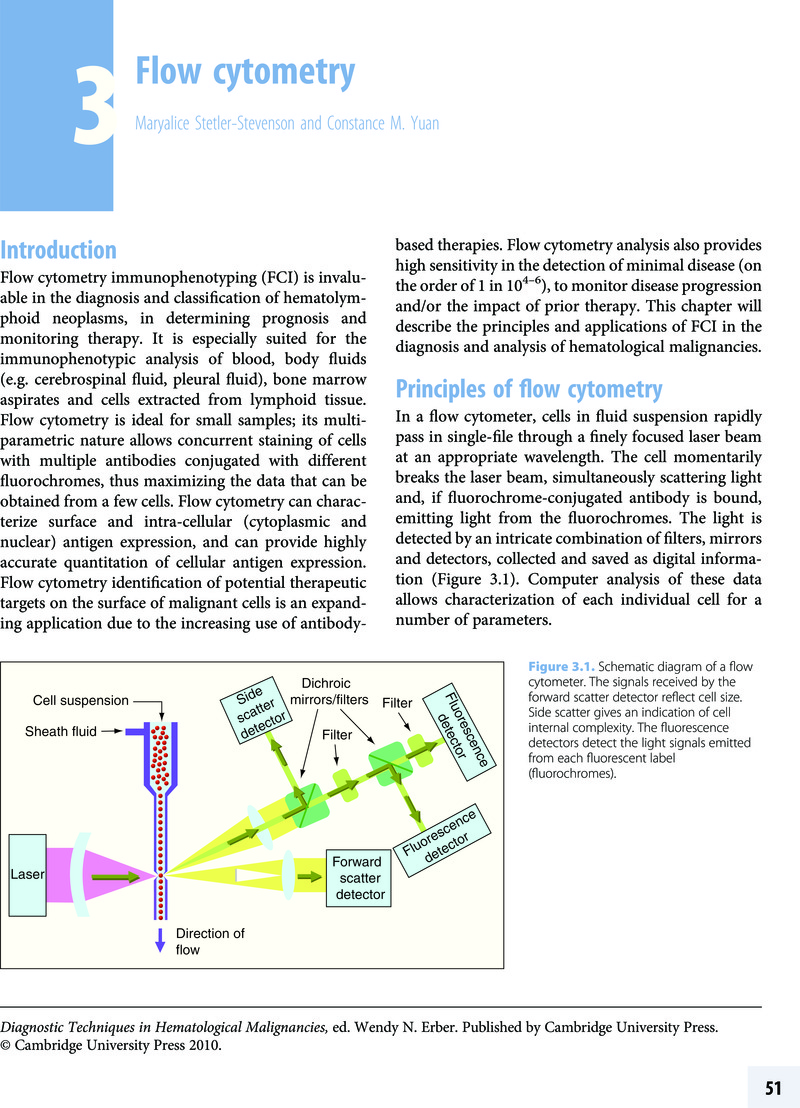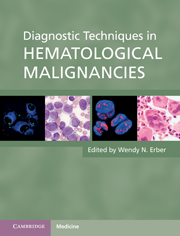3 - Flow cytometry
from Part 1 - Diagnostic techniques
Published online by Cambridge University Press: 06 December 2010
Summary

- Type
- Chapter
- Information
- Diagnostic Techniques in Hematological Malignancies , pp. 51 - 70Publisher: Cambridge University PressPrint publication year: 2010
References
- 2
- Cited by



